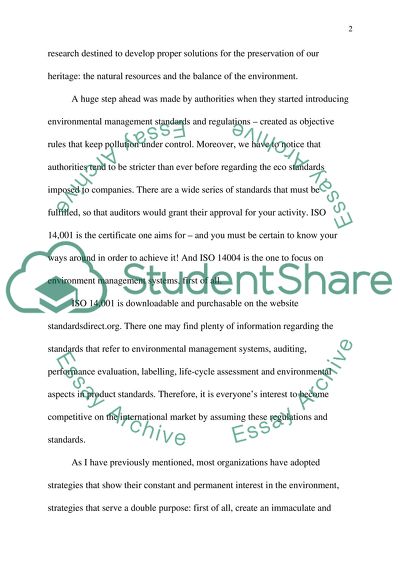Cite this document
(Environmental Management - the Leather and Fur Industry of Eastern Case Study, n.d.)
Environmental Management - the Leather and Fur Industry of Eastern Case Study. Retrieved from https://studentshare.org/environmental-studies/1530681-environmental-management
Environmental Management - the Leather and Fur Industry of Eastern Case Study. Retrieved from https://studentshare.org/environmental-studies/1530681-environmental-management
(Environmental Management - the Leather and Fur Industry of Eastern Case Study)
Environmental Management - the Leather and Fur Industry of Eastern Case Study. https://studentshare.org/environmental-studies/1530681-environmental-management.
Environmental Management - the Leather and Fur Industry of Eastern Case Study. https://studentshare.org/environmental-studies/1530681-environmental-management.
“Environmental Management - the Leather and Fur Industry of Eastern Case Study”, n.d. https://studentshare.org/environmental-studies/1530681-environmental-management.


